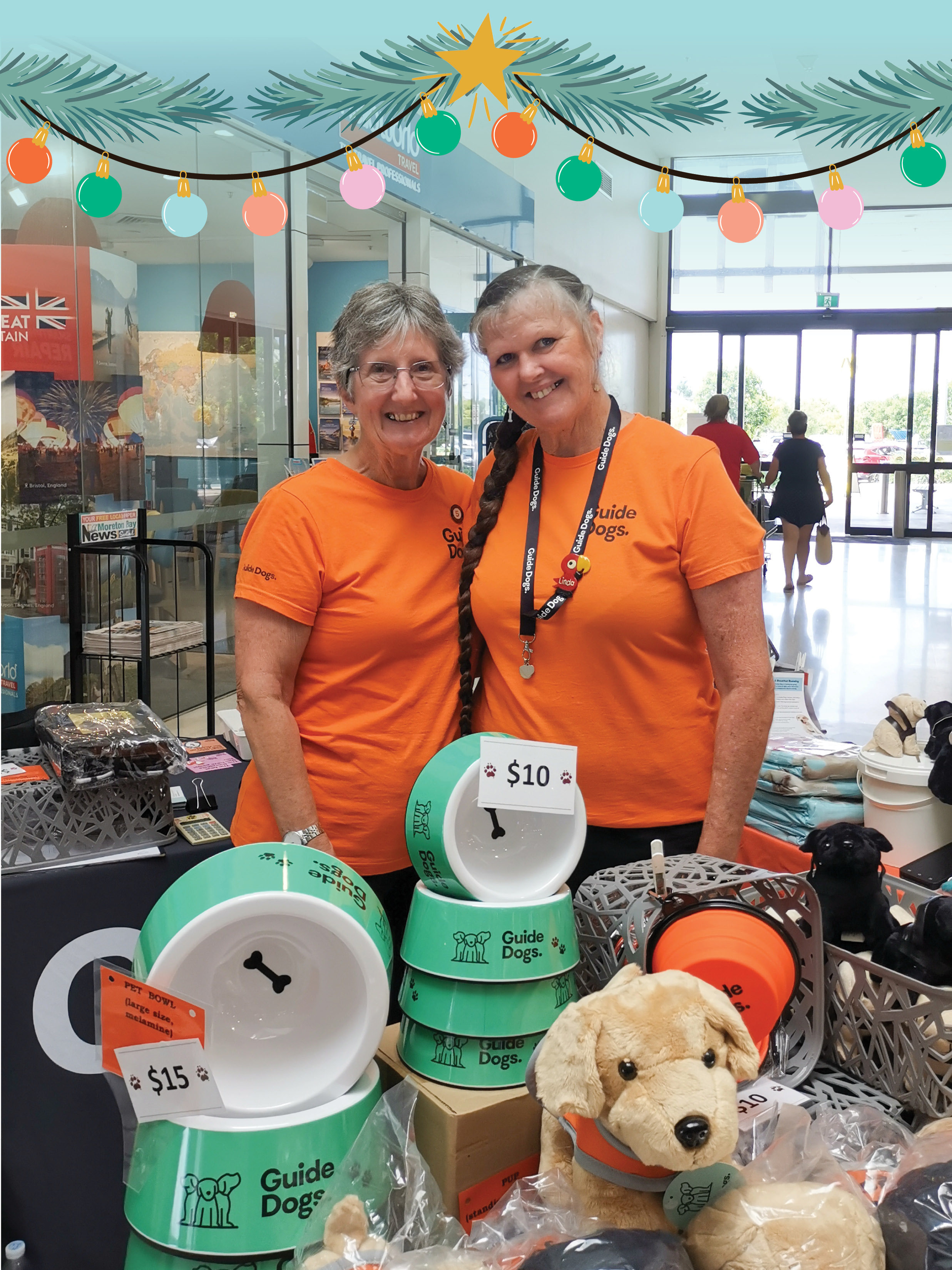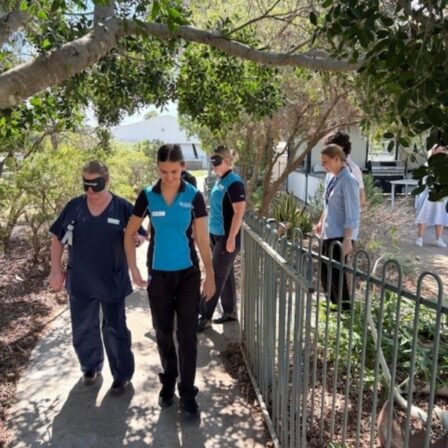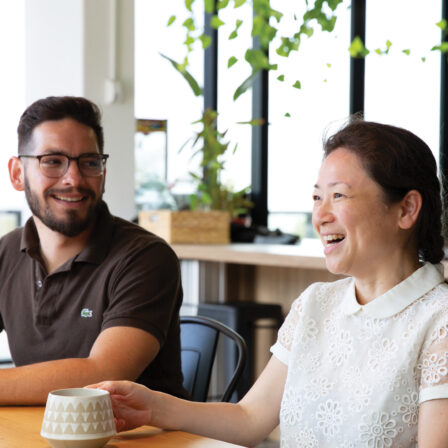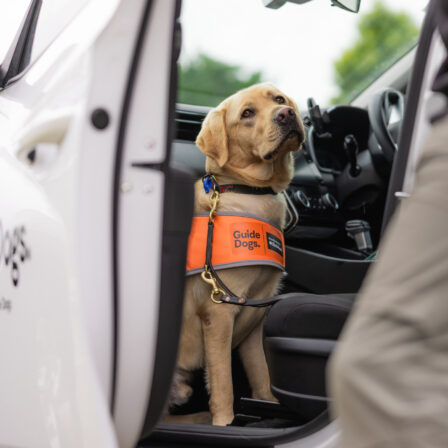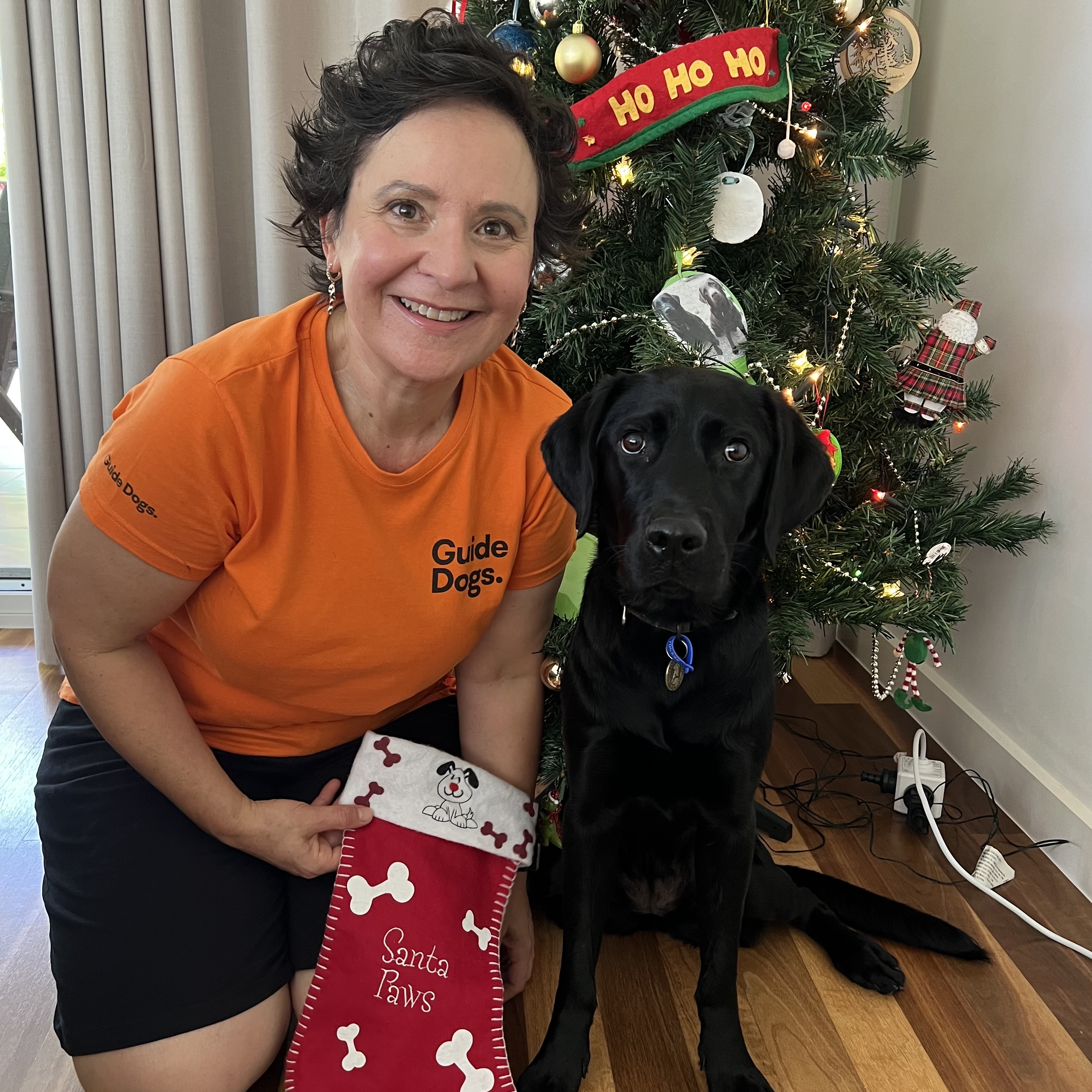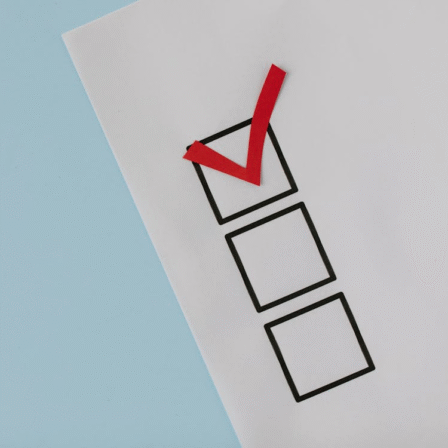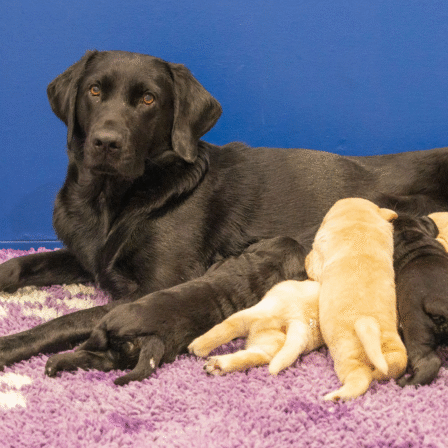News
Why a Guide Dog Is Different to a Pet Dog

Why a Guide Dog Is Different to a Pet Dog
For many people, dogs are treasured companions — playful, loving, and always happy to see you. They bring comfort, joy, and unconditional friendship.
But for someone who is blind or has low vision, a Guide Dog is so much more than a companion. They’re a calm and clever partner, offering safety, confidence, and independence every single day.
While a Guide Dog may look like any other dog, their role is truly unique — and understanding the difference can help us all show respect and kindness when we meet a Guide Dog team out and about.
- A Very Special Kind of Training
Guide Dogs begin their journey as playful puppies, just like any other dog. But from an early age, they start learning very specific skills to help someone navigate the world safely.
Their training lasts for up to two years, and includes things like:
- Learning to avoid obstacles
- Stopping at curbs and steps
- Recognising potential hazards
- Making smart decisions, even if it means gently ignoring a command to keep their handler safe
They also learn to stay calm and focused in busy places like shopping centres, train stations, and crowded streets — where most pet dogs might get distracted or overwhelmed.
- A Bond Built on Trust
When a Guide Dog wears their harness, they know it’s time to work. They are guiding someone who may not be able to see the obstacles or dangers ahead — and that’s a big responsibility.
The bond between a Guide Dog and their handler is built on deep trust and understanding. Together, they become a team — working in sync to move through the world safely and confidently.
“My Guide Dog isn’t just a dog — she’s my eyes, my confidence, and my independence. With her by my side, I can go places I never thought possible.”
— Sarah, Guide Dog Handler
While they’re working, it’s important not to pat, call out to, or distract a Guide Dog. Even a kind gesture can take their attention away from their important job — and that can be dangerous for their handler.
- Welcome in More Places
Because of their special role, Guide Dogs are legally allowed to go places where pet dogs usually can’t — like cafes, supermarkets, taxis, and hospitals.
This means people with low vision or blindness can get to where they need to go, enjoy a meal with friends, do their shopping, or travel safely — just like anyone else.
Being denied access with a Guide Dog can be hurtful and isolating, and it’s also against the law.
- Changing Lives in Big and Small Ways
The impact of a Guide Dog goes far beyond practical help. They provide freedom, confidence, and the chance to take on new adventures.
They help people get to work or study, stay connected with their communities, and enjoy a greater sense of independence every day.
A Gentle Reminder
Next time you see a Guide Dog in harness, remember they’re doing an important job. It’s best to admire them from a distance and let them stay focused on their handler.
By understanding and respecting the difference between a Guide Dog and a pet dog, we can all help build a kinder, more inclusive world.
